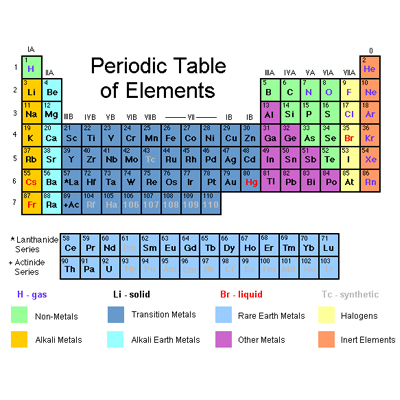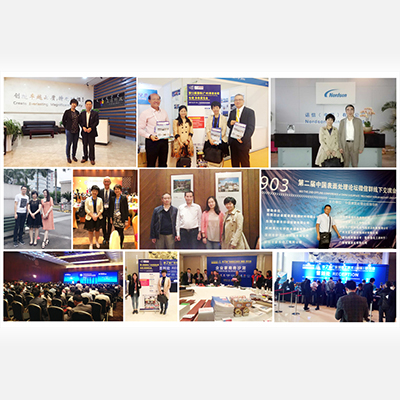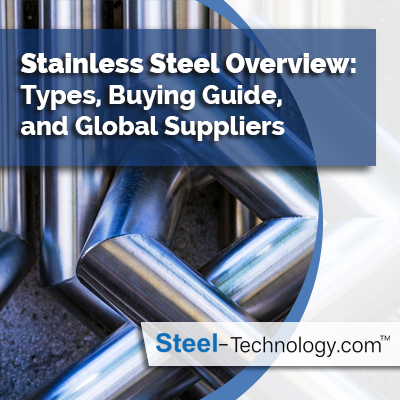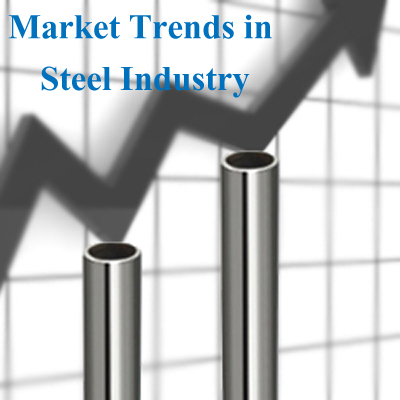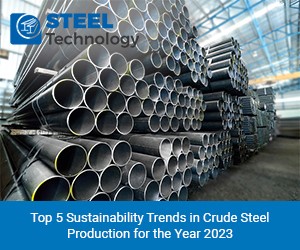Revolutionizing Steelmaking: A Guide for Automation and Control Systems

Introduction:
The steel industry stands on the cusp of a transformative era, driven by the integration of advanced automation and control systems. As the steel demand continues to rise, the imperative to enhance efficiency, reduce environmental impact, and ensure sustainable production becomes increasingly vital. This guide outlines a comprehensive approach to revolutionizing steelmaking through the strategic implementation of cutting-edge technologies.
Traditional steelmaking processes are inherently resource-intensive, often requiring substantial manual labor and presenting challenges in terms of precision and environmental sustainability. The integration of automation and control systems addresses these challenges by optimizing operations, improving product quality, and minimizing waste. In this guide, we delve into key strategies for ushering in a new era of steel production, where digitalization, artificial intelligence, and robotics converge to create a more agile, efficient, and environmentally conscious industry. From the adoption of integrated digital platforms to the deployment of autonomous vehicles, each step is designed to propel the steelmaking sector into a future characterized by innovation and sustainability.
As steelmakers embark on this transformative journey, it is crucial to recognize the interconnected nature of these technologies. The synergy between sensors, data analytics, artificial intelligence, and advanced process control forms the backbone of a resilient and responsive steel production ecosystem. Moreover, a commitment to cybersecurity, workforce development, and continuous improvement ensures that the industry not only adapts to change but thrives in a dynamic and evolving landscape.
The following sections will detail the specific strategies and considerations for implementing automation and control systems, providing a roadmap for steelmakers to embrace the future of their industry. From intelligent sensors to machine learning algorithms, the tools at the disposal of steelmakers are poised to revolutionize not only the way steel is produced but also the overall competitiveness and sustainability of the industry.
Here is a guide outlining key steps and considerations:
1. Integrated Digital Platforms:
In the quest to revolutionize steelmaking, the adoption of integrated digital platforms stands as a cornerstone. By implementing a comprehensive digital framework that seamlessly incorporates every stage, from raw materials to the final product, steel manufacturers can achieve unparalleled visibility and control over their operations. Leveraging cloud-based solutions further amplifies this transformation, enabling real-time data access, analysis, and collaboration across diverse departments. The synergy of these digital technologies not only enhances operational efficiency but also facilitates informed decision-making, laying the groundwork for a more agile and responsive steel production ecosystem.
2. Sensors and IoT:
Embracing the power of Sensors and the Internet of Things (IoT) marks a pivotal step in modernizing steelmaking processes. Strategic placement of sensors along the production line, meticulously monitoring critical factors such as temperature and pressure, empowers manufacturers with real-time insights into the operational dynamics. The integration of IoT takes this a step further by creating a network that connects these sensors and devices. This connectivity not only facilitates data-driven decision-making but also enables predictive maintenance strategies, minimizing downtime and enhancing overall equipment efficiency. Together, sensors and IoT lay the foundation for a smarter, more responsive, and proactive approach to steel production.
3. Big Data Analytics:
The utilization of Big Data Analytics emerges as a game-changer in the evolution of steelmaking. The sheer volume of data generated throughout the steel production process becomes a valuable asset when harnessed effectively. By employing advanced analytics, manufacturers can sift through this vast trove of information, extracting meaningful insights. Analyzing historical data unveils patterns that allow for the optimization of production parameters, leading to increased efficiency and product quality. Furthermore, predictive analytics applied to equipment data enables the anticipation of potential failures, facilitating proactive maintenance strategies. In essence, Big Data Analytics not only refines decision-making but also empowers steelmakers to proactively address challenges, fostering a more resilient and reliable production environment.
4. Machine Learning and AI:
The integration of Machine Learning (ML) and Artificial Intelligence (AI) into steelmaking processes represents a transformative leap in operational efficiency. Machine learning algorithms, when applied to furnace operation, material mixing, and quality control, can adapt and optimize in real-time. This adaptability enhances precision and efficiency across the production line. Additionally, the deployment of AI for predictive modeling enables the anticipation of potential issues before they manifest. This foresight not only minimizes disruptions but also contributes to an overarching improvement in process efficiency. The symbiotic relationship between Machine Learning and AI positions steelmakers at the forefront of innovation, creating a more adaptive and intelligent landscape for steel production.
5. Autonomous Vehicles and Robotics:
The advent of Autonomous Vehicles and Robotics marks a paradigm shift in steelmaking, introducing heightened efficiency and safety. Integration of autonomous vehicles for material handling within the plant reduces reliance on manual labor, streamlining logistics and enhancing overall productivity. Beyond material handling, the deployment of robotics in tasks such as inspection, maintenance, and hazardous operations contributes to a safer working environment. These robotic solutions not only mitigate risks for human workers but also improve precision and effectiveness in critical operations. The synergy of autonomous vehicles and robotics not only transforms the manufacturing floor but also exemplifies a commitment to innovation, efficiency, and workplace safety in the steel industry.
6. Advanced Process Control (APC):
The implementation of Advanced Process Control (APC) systems emerges as a pivotal strategy in the pursuit of heightened efficiency and quality in steelmaking. APC systems work in real time, optimizing process parameters dynamically to ensure optimal performance throughout the production line. Employing feedback control mechanisms, these systems play a crucial role in maintaining stringent product quality standards while simultaneously reducing energy consumption. The result is an enhanced overall process stability, where the intricate balance of variables is continuously fine-tuned for optimal outcomes. Through the integration of APC, steelmakers gain the agility to adapt to varying conditions, fostering a more responsive and finely tuned steel production process.
7. Energy Management:
Energy Management takes center stage as a key driver for sustainable steel production. By integrating energy management systems, steelmakers gain the ability to monitor and optimize energy consumption throughout the production process. This not only leads to cost savings but also contributes to environmental sustainability. As a forward-looking initiative, steel manufacturers are encouraged to explore and integrate sustainable energy sources and technologies. By transitioning towards cleaner energy alternatives, the industry can significantly reduce its environmental impact, aligning with global efforts to create a more sustainable and eco-friendly steelmaking ecosystem. In essence, energy management becomes a linchpin in achieving a harmonious balance between economic efficiency and environmental responsibility in the steel production landscape.
8. Cybersecurity:
In the era of digital transformation, the paramount importance of Cybersecurity cannot be overstated in the realm of steelmaking. As automation systems become more integrated and interconnected, prioritizing robust cybersecurity measures is imperative to safeguard sensitive data and ensure the integrity of critical processes. Regularly updating and patching software is a proactive approach to addressing vulnerabilities and bolstering the overall security posture of the steel manufacturing environment. By fortifying against potential cyber threats, steelmakers not only protect their intellectual property and operational data but also secure the resilience and reliability of their automated systems, fostering a secure foundation for the future of steel production.
9. Training and Workforce Development:
Amid technological evolution, the human element remains integral to the success of steelmaking automation. Providing comprehensive training programs for the workforce becomes paramount in ensuring a seamless transition to new technologies. By equipping employees with the necessary skills and knowledge, steelmakers empower their teams to effectively operate and manage advanced automation systems. Beyond initial training, fostering a culture of continuous learning is essential to keep the workforce abreast of the latest advancements in steelmaking automation. This commitment to ongoing education not only enhances employee adaptability but also positions the workforce as a dynamic and informed asset, driving the industry toward sustained innovation and excellence.
10. Regulatory Compliance:
In the dynamic landscape of steelmaking, adherence to regulatory compliance stands as a fundamental pillar for sustainable and responsible operations. Staying informed about industry regulations and standards related to automation is crucial to navigate legal frameworks effectively. Steelmakers must ensure that their automation systems align with stringent safety and environmental standards, reflecting a commitment to operational excellence and responsible manufacturing practices. By proactively addressing regulatory requirements, the industry not only mitigates legal risks but also contributes to a broader culture of accountability, ensuring that advancements in automation are made in harmony with societal and environmental considerations.
11. Collaboration and Industry Partnerships:
Embracing collaboration and fostering industry partnerships emerges as a strategic imperative for steelmakers seeking to thrive in an era of rapid technological evolution. By actively collaborating with technology providers, research institutions, and other stakeholders, steel manufacturers position themselves at the forefront of technological advancements. This collaborative approach facilitates knowledge exchange, enabling the integration of cutting-edge technologies into steelmaking processes. Additionally, active participation in industry forums and initiatives creates a platform for sharing best practices, insights, and innovations. This not only contributes to the collective evolution of steelmaking processes but also strengthens the industry's resilience by fostering a culture of shared expertise and continuous improvement. Through collaborative efforts, steelmakers can navigate the complexities of technological innovation and contribute to shaping the future of the steel production landscape.
12. Continuous Improvement:
The pursuit of excellence in steelmaking hinges on a commitment to continuous improvement. Regularly assessing the performance of automation systems is essential in identifying areas for enhancement. By systematically evaluating efficiency, productivity, and other key metrics, steelmakers can pinpoint opportunities for refinement. Beyond isolated assessments, fostering a culture of continuous improvement is paramount, instilling an organizational mindset that actively seeks advancements. This adaptive approach enables steel manufacturers to navigate changing market conditions and seamlessly integrate emerging technologies. Through a relentless dedication to refinement and innovation, the industry can stay ahead of the curve, ensuring sustained competitiveness and resilience in the dynamic landscape of steel production.
By strategically implementing these steps, steelmakers can transform their operations, achieving higher efficiency, reduced costs, and improved sustainability in the steel production process.





